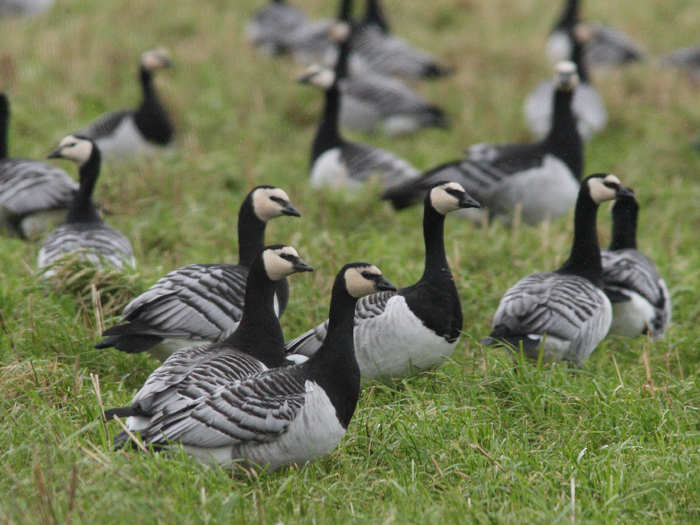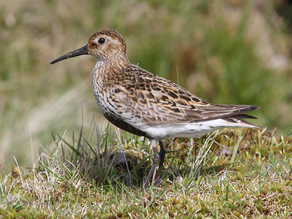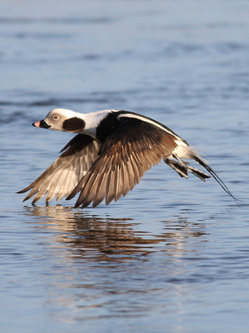- Home
- About Us
-
Services
- Ecological Clerk of Works (ECoW) in Scotland
- Phase 1 Habitat Surveys in Scotland
- Protected Species Scoping Surveys in Scotland
- Great Crested Newt Surveys in Scotland
- Bird Surveys in Scotland >
- Reptile Surveys in Scotland
- Badger Surveys in Scotland
- Water Vole Surveys in Scotland
- Pine Marten Surveys in Scotland
- Red Squirrel Survey in Scotland
- Otter Survey in Scotland
- Camera Trapping in Scotland
- Other groups
- Contact Us
Birds and wind farmsThe Wildlife Survey Unit are experienced in undertaking bird studies in relation to onshore wind farms. We offer the following surveys, all of which follow survey methodologies recommended by Scottish Natural Heritage (SNH) in their 2010 document 'Survey methods for use in assessing the impacts of onshore windfarms on bird communities'.
For information regarding birds and wind farms please consult the SNH's website for the recently updated 'Guidance and information specific to bird interests'. |
|



